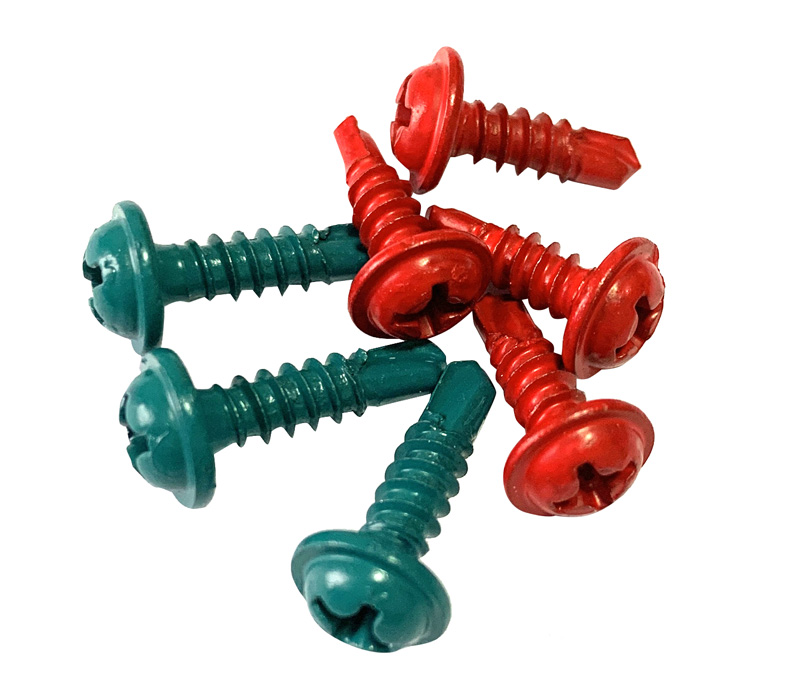Hydrogen embrittlement is a relatively prominent hidden […]
Hydrogen embrittlement is a relatively prominent hidden quality hazard of self-drilling and self-tapping screws. The problem of hydrogen embrittlement is more prominent than that of carburized parts in the screws that are directly quenched by hydrocarbon co-infiltration. The hydrogen generated during pickling and electroplating and the hydrogen in the surrounding medium during carbonitriding (generally as high as 60% to 70%) can dissolve part of the steel. When the cathode current efficiency of the electroplating and phosphating process is less than 100%, A large amount of hydrogen atoms will be produced to attach to the surface of the screw, thereby causing hydrogen permeation. This behavior of hydrogen has an important influence on the hydrogen embrittlement of steel.
Self-drilling and self-tapping screws have a hydrogen drive time of 6-8h. Because the temperature can increase the diffusion coefficient of hydrogen in steel, the heat preservation at 0-20℃ can eliminate hydrogen embrittlement, but the temperature is too high, such as above 40℃, hydrogen is in the steel The medium dissolution also increases, hydrogen no longer automatically escapes from the steel, and the purpose of hydrogen removal is not achieved. The driving temperature is 140-170℃ (phosphating), 200-240℃ (electroplating), but the production should be based on the core hardness, surface roughness, plating time, plating thickness, pickling time, acid concentration and other production conditions. Determining the hydrogen drive time should be carried out before the passivation treatment and just after the electroplating (within 4h).
